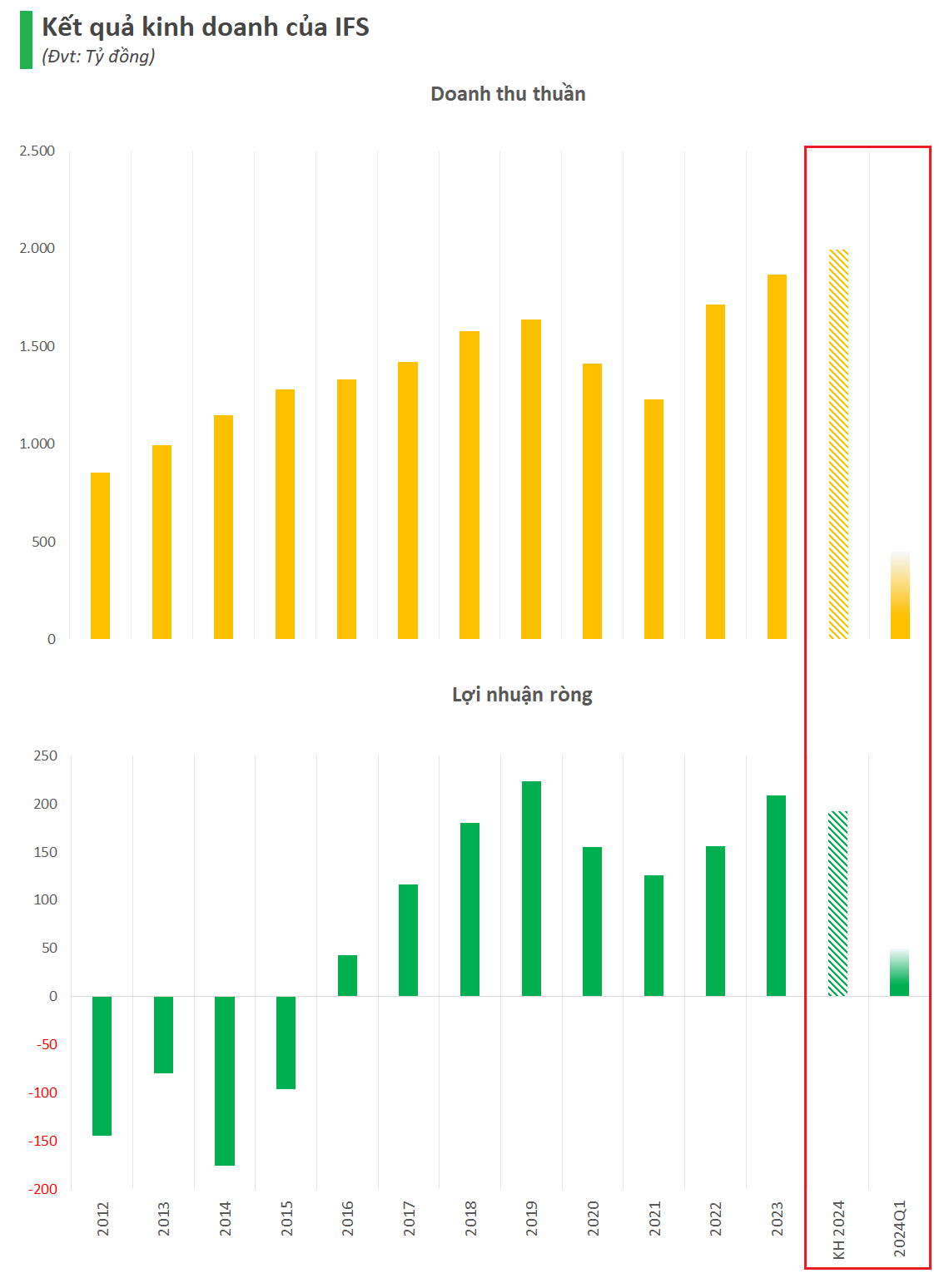Franchise business is a significant sector in developed countries. In Australia and New Zealand, the density of franchise businesses is considered the highest in the world, with one franchise store for every 200-300 people (compared to over 400 people in the US).
This business trend has been gaining traction in Vietnam over the past few years due to its ease of replication and its emergence as a new investment channel for aspiring entrepreneurs. However, there remains a question about whether the business model for franchise businesses differs from other industries, and why many companies still struggle to find their footing.
The following is an insight from Master’s degree holder Nguyen The Trung, Chairman of the Board of Directors of Franchise VN JSC, the first company in Vietnam to provide consulting and training on lean franchising, on this matter:
Firstly, we must acknowledge that very few SMEs understand how to build a business model. According to an internal survey by John&Partners, over 80% of businesses do not have a well-defined business model or strategic management tools. This is the root cause of the lack of clarity and structure in franchise business models. Additionally, when it comes to franchising, not many people have an in-depth understanding of operational optimization, which is crucial for adjusting the model based on common business frameworks. These two reasons lead to the struggle that franchise businesses often face as they do not grasp these two concepts, which are rarely mentioned in theoretical books.
In franchising, the franchisor must develop two distinct business models: one for the franchisor (Zor) and one for the franchisee (Zee). These two models differ significantly in nature, and both need to be effective for the franchise system to thrive sustainably.
Leanness is an indispensable element in franchising, and all successful brands (both chain and franchise) have leaders with a lean mindset. Reducing waste, focusing on value-creating processes that customers are willing to pay for, minimizing defects, and standardization are among the key tasks that the franchisor must continually undertake.
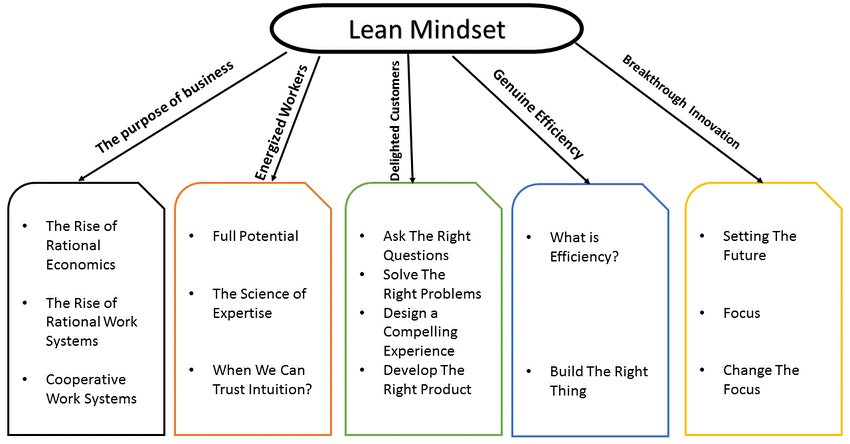
A straightforward example to understand this concept is the development of Mcdonald’s. Their continuous lean practices and improvements have made Mcdonald’s the largest F&B franchise chain globally, with over 40,000 outlets. Some noticeable aspects of Mcdonald’s growth include:
– Reduced waiting times through the introduction of drive-through windows.
– Improved frying equipment that decreased oil usage by 40% and minimized user errors.
– Energy-efficient lighting upgrades, saving an average of 11,000 kWh per store annually.
– Balanced assembly lines and reduced errors by allowing customers to place orders via screens.
– Lowered intermediary and operational costs by purchasing pre-cut potatoes directly from farmers.
From these examples, we can see that to maintain long-term competitiveness with other franchise brands, Mcdonald’s continuously seeks improvements to reduce the cost of goods sold and operational expenses. By decreasing costs through lean practices, Mcdonald’s outlets can maintain profitability even when facing price reduction campaigns from competitors.
Why Two Business Models Are Necessary for Franchisors (Zor)
Firstly, Zor must have a business model for themselves. Their primary business is selling franchises, and to do this effectively, they need to establish solid pillars within their business model, such as:
– Customer profile and positioning: Who is the target audience for the franchise investment? What is the positioning of this franchise product?
– Sales channels: How to find, approach, and sell the franchise package? Which channels and tools to utilize?
– Zor’s revenue streams: Apart from franchise fees and revenue sharing, what other revenue streams can be generated from additional products or services for Zee?
– Zor’s cost structure?
– Zor’s unique selling proposition (USP)
– Key partners that Zor needs to maintain relationships with.
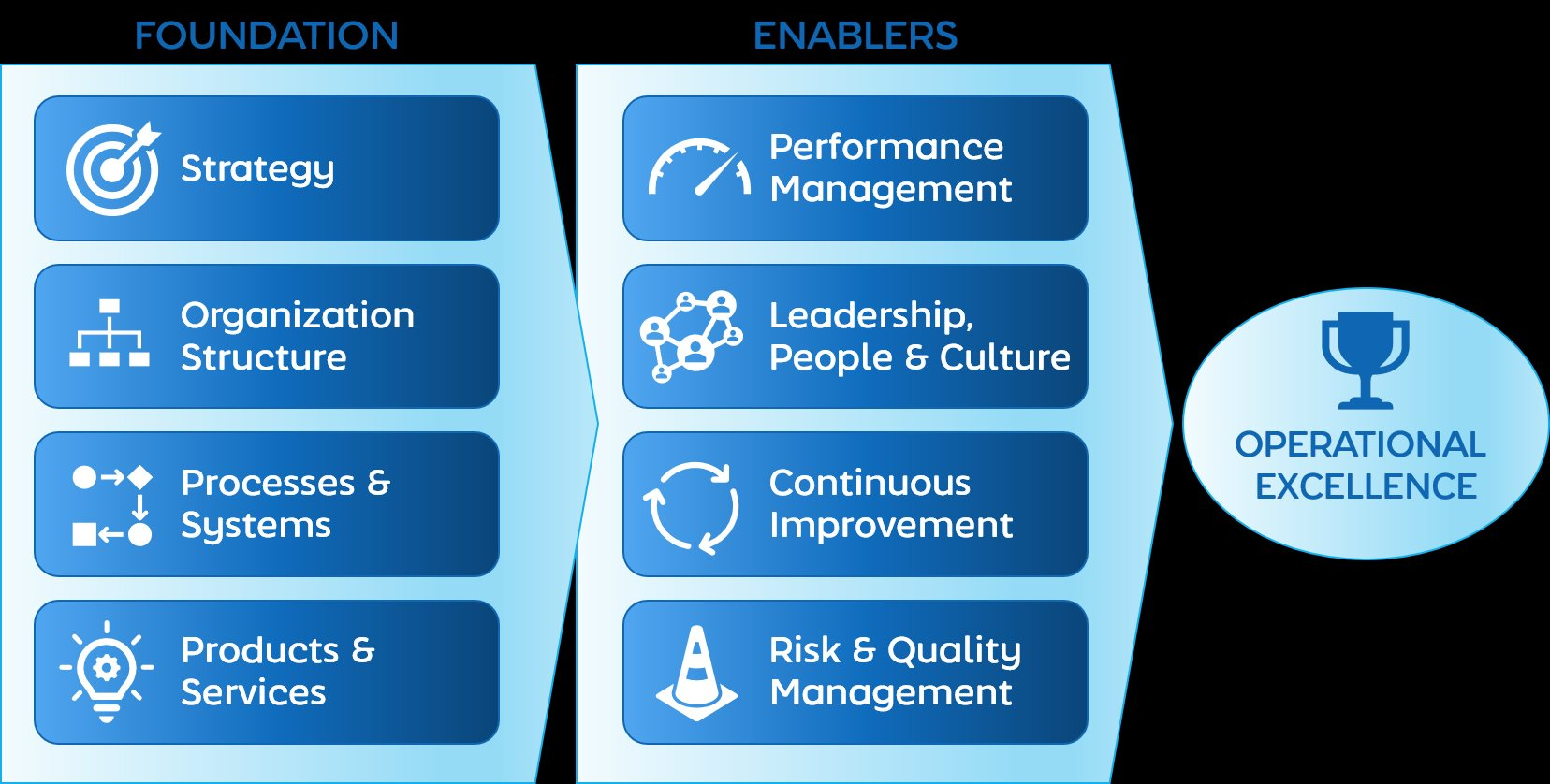
Thus, building and selling franchises is a distinct business venture. To put it simply, when franchising a pho restaurant, Zor is not selling pho but rather the franchise package. The actual pho selling is Zee’s responsibility.
Consequently, Zor also needs to develop a business model to hand over to Zee for their operations. This model should address critical components such as customer profile, sales channels, cost structure, revenue streams, Zee’s USPs, analysis of potential competitors and substitute products, etc.
To emphasize, any franchise brand must have these two distinct business models, and failing to establish them can lead to future complications in the enterprise’s development and create conflicts among shareholders and the management team.
What Is a Lean Mindset?
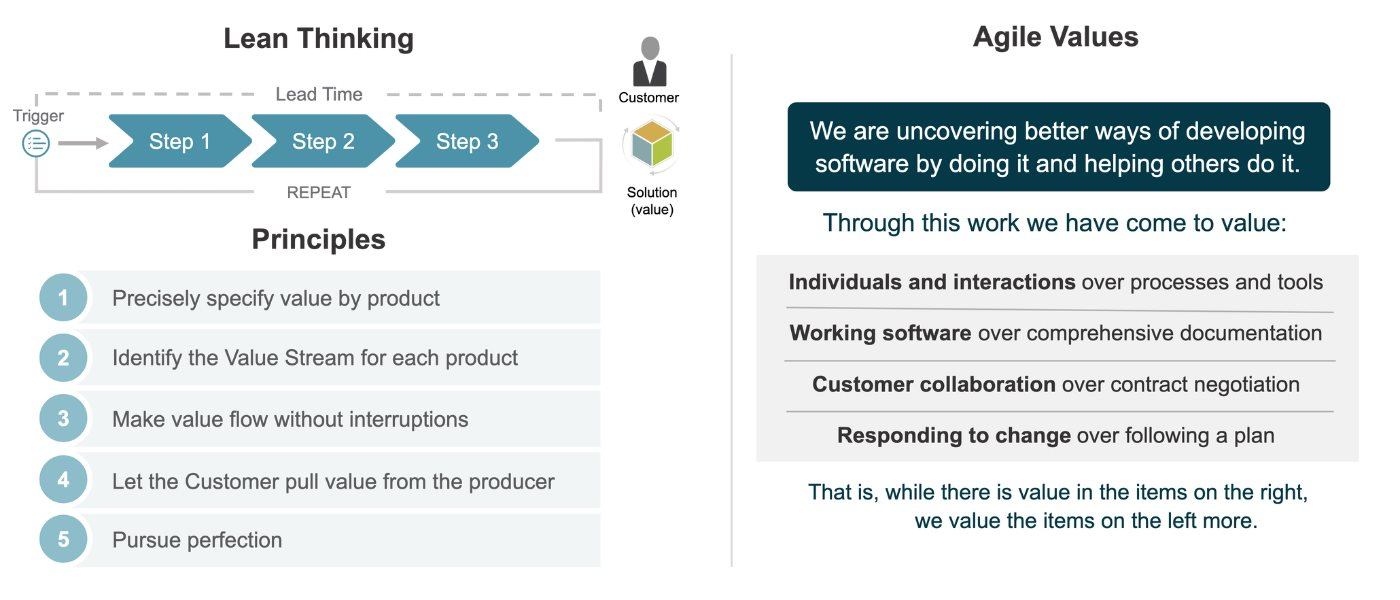
Leanness refers to the identification and reduction of waste in business operations. Waste is considered any cost that does not create value (which customers are not willing to pay for) and is unnecessary. The ultimate goal of leanness is to eliminate waste entirely, although it may seem unrealistic. However, in developed countries, reducing waste by a few percentage points annually is a crucial KPI, and failing to meet this target means the company has not achieved its yearly objective. Here are some examples of waste reduction:
– Reducing defects: If Zor can implement ways for Zee to minimize errors, the resulting cost savings will directly contribute to Zee’s profits.
– Decreasing waiting times: For instance, each station in a kitchen waiting for the previous one causes delays.
– Minimizing transportation waste: Service staff may travel up to 10km during a shift due to inefficient workflow and store layout.
– Optimizing the transportation of goods and raw materials between warehouses.
– Reducing inventory waste: This includes raw materials, finished goods, work-in-progress, and replacement parts inventory.
– Lowering personnel waste by ensuring employees are utilized to their full potential.
– Avoiding over-processing or providing services beyond the customer’s requirements.
– Reducing technological waste by utilizing purchased technology effectively and implementing simple solutions to streamline tasks.
This is also a common weakness in the Vietnamese franchising industry, as there is a lack of professionals trained in operational optimization and business management.
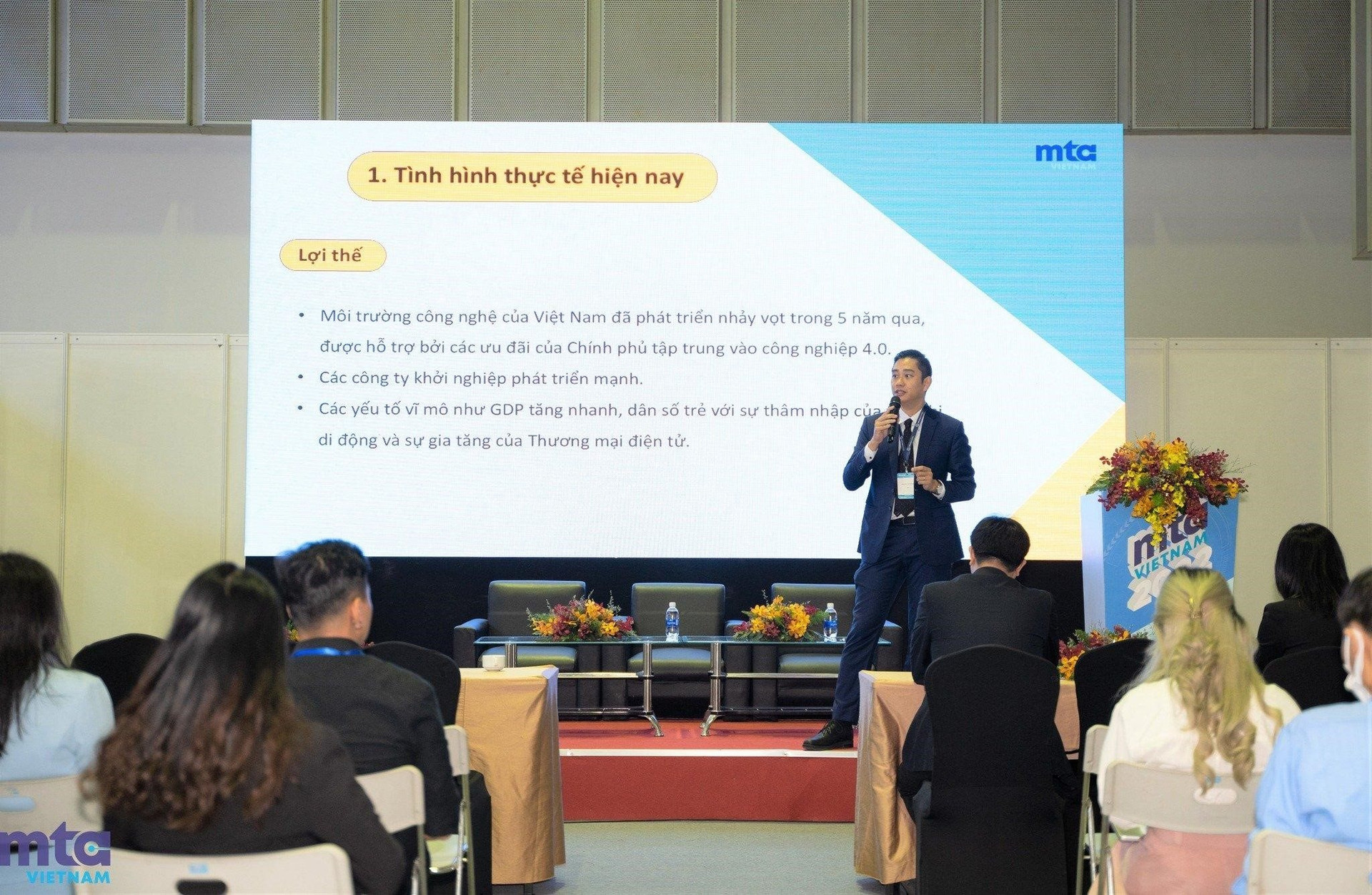
Master’s degree holder Nguyen The Trung is a financial and banking expert who has held various positions, including Director of Financial Institutions at ACB, Investment Director at Tien Phong Securities, Deputy General Director and Member of the Board of Directors at Khai Hoan Land. He has been involved in building capital mobilization channels for the listed stock market from Thai investors, issuing and listing corporate bonds, and IPO and listing KHG. Currently, he is the Chairman of the Board of Directors of Franchise VN JSC, CEO of John&Partners Education Consulting JSC, and Vice President of the FCC Vietnam Franchise Association.
While the field of finance and accounting boasts many professionals with specialized qualifications like CFA and ACCA, the realm of business management lacks individuals with in-depth knowledge of operational optimization. There is a need for experts with certifications like Lean Six Sigma, OE, and APICS to optimize franchise business models, apply lean techniques, reduce waste, and enhance efficiency.


